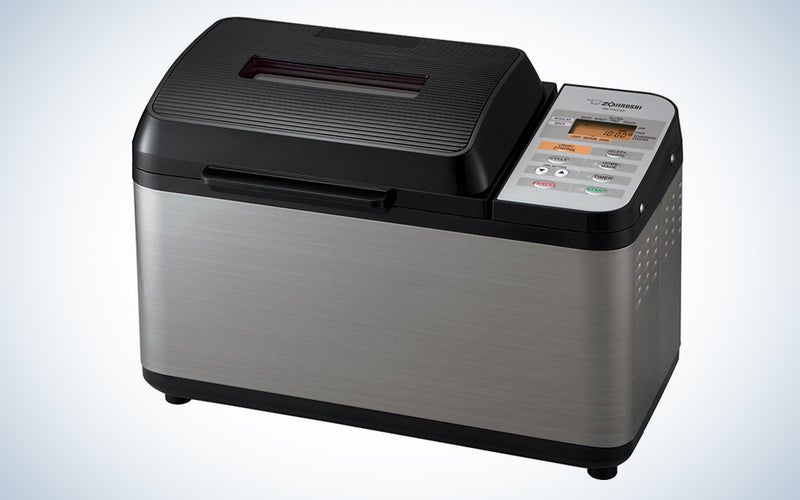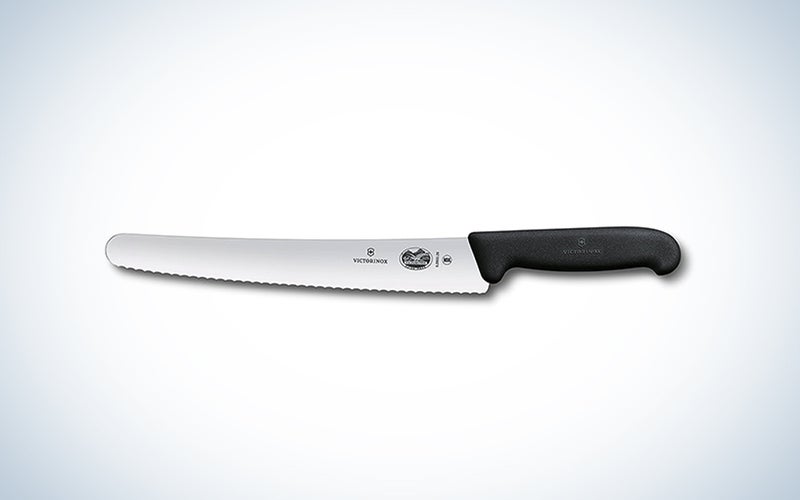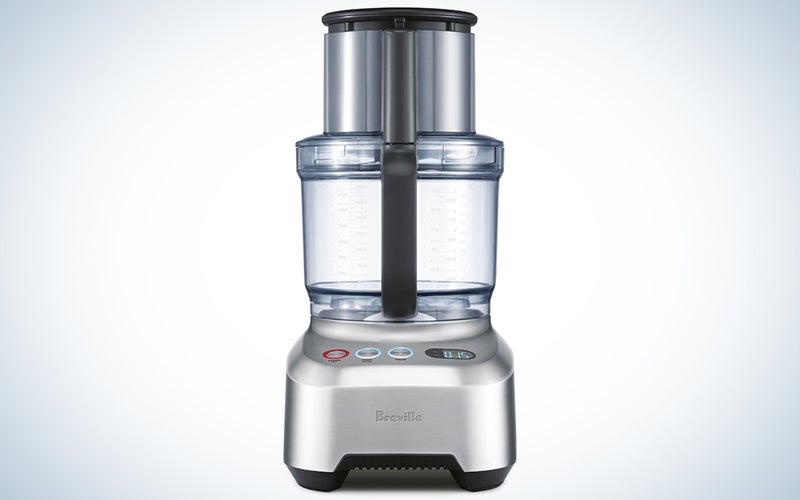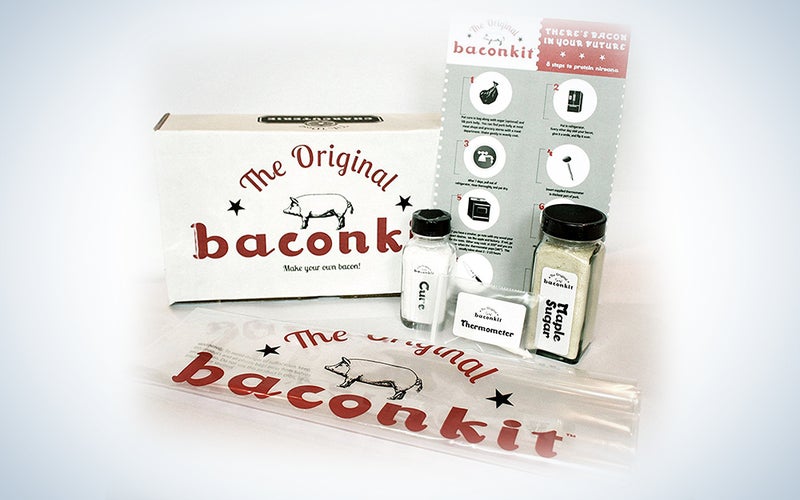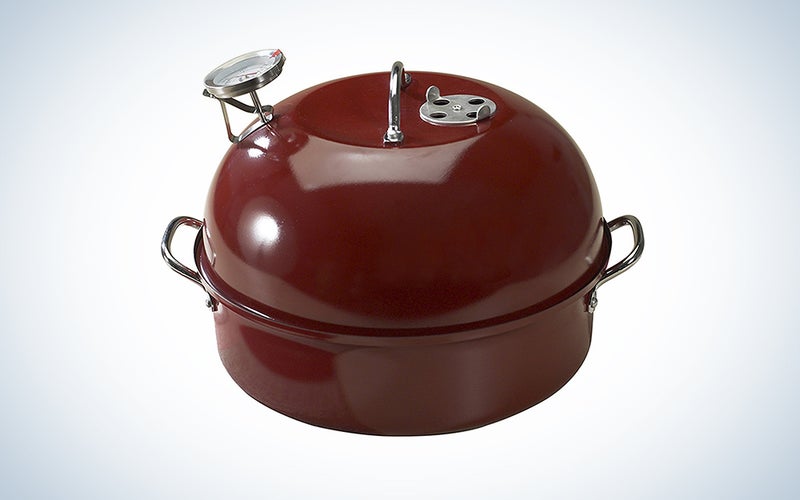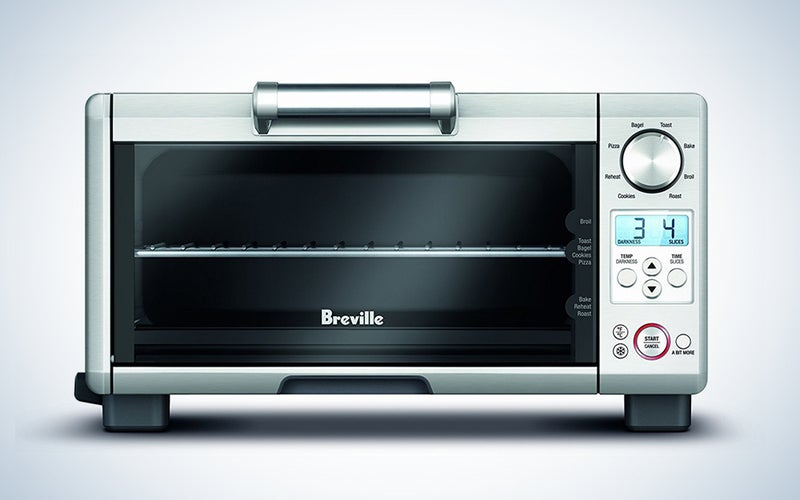How to make a BLT from scratch: Tools and techniques
From yeast and pig to bread and bacon.
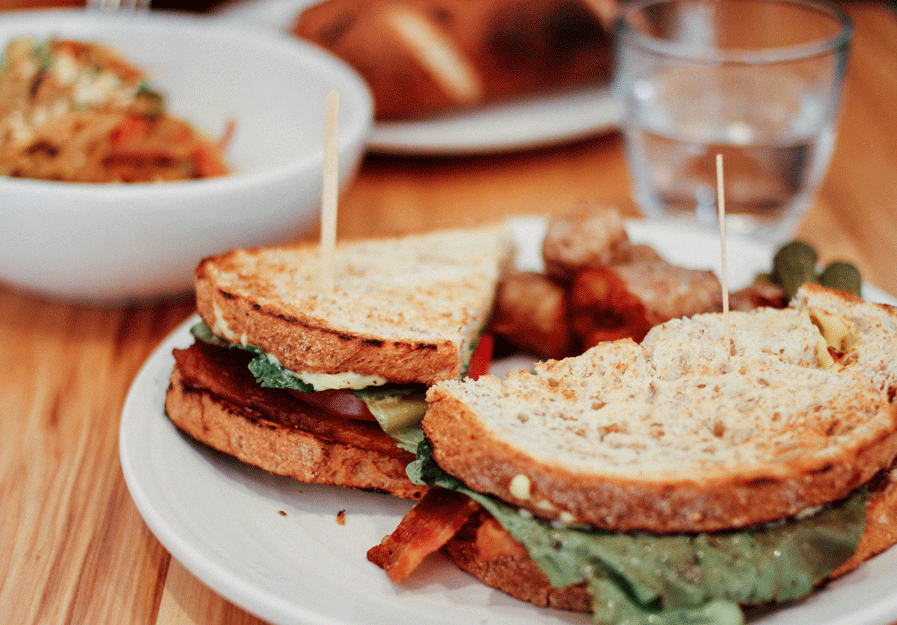
We may earn revenue from the products available on this page and participate in affiliate programs. Learn more ›
The sandwich may be the most versatile food around. Bread, meats, vegetables, and condiments can be piled high in triple-deckers or lovingly flattened in the warm embrace of a panini press. Here, we will focus on the simple-but-delicious BLT. Below, you’ll find an arsenal of gear and instructions on how to make a BLT from scratch. Craft the perfect sammie from scratch.
How to make a BLT
The magic of bread happens before it hits the oven. To rise properly, the dough needs plenty of carbon dioxide, which comes from the yeast. Those single-celled organisms process glucose and turn it into carbon dioxide (plus a little ethanol). But wheat flour doesn’t naturally contain much glucose. What it does have are starches, which are just long chains of sugar molecules. To get those starches to break down into smaller sugars, you add water to the flour in order to activate the enzyme amylase. Amylase produces maltose, and an enzyme in the yeast breaks down the maltose into glucose. And voila, once you provide a moist, warm environment for the yeast cells, they bubble out all the carbon dioxide you could desire. Kneading the dough will ensure that the yeast—and therefore the bubbles—are evenly dispersed for a consistent texture.
Amazon
A breadmaker simplifies this process. The Zojirushi bread maker churns out a warm loaf in no time. It comes with fifteen pre-programmed baking options that allow you to choose between three crust shades— light, medium, or dark. It also includes recipes, but once you get the basics down, you can start getting creative. All you have to do is add ingredients and choose your presets from the built-in LCD control panel. The bread maker’s dual kneading blade system evenly kneads the bread, giving you lighter and airier bread.
Amazon
The next step is slicing the bread. You’ll want to choose a knife with a serrated blade to help get through the bread’s crust without destroying the structural integrity of the loaf. No one likes mushy, mangled, or uneven slices of bread. The cleaner cut will also produce fewer crumbs. A good knife will also help with other sandwich ingredients, like tomatoes. The teeth break through the skin, allowing for a quick slice through the fruit. Without having to push as hard to cut through, less pressure is put on the tomato, and won’t cause the juices to squirt out. The serrated blade you choose for sandwich making should have at least a ten-inch-long narrow blade that will cut through the entire width of a loaf of bread. It should have deep, broad, and pointed—rather than rounded—teeth.

Mayo may not be to everyone’s taste, but it’s the traditional dressing for a classic BLT. To make mayonnaise, you have to get vinegar and oil to mix, using egg yolks as an emulsifier. They contain a chemical called lecithin that helps bind water-based and oil-based things together. It’s not a miracle, but it helps disperse the normally-repellant molecules thinly enough to make something resembling a true mixture.
Amazon
First, you combine your acid (vinegar or lemon juice) with egg yolks. Then you slowly add tiny bits of oil as you whisk rapidly, or you could go the easy route and use a food processor. The motion helps the lecithin to do its job and combine oil and vinegar droplets until you get a relatively homogenous mixture that we call mayonnaise.
Amazon
You can’t make a BLT without the B. Let’s move on to bacon town. Curing and making bacon is essentially an exercise in trying to keep meat from rotting. Pork, like all meat, will quickly go bad as bacteria multiply in the flesh and make it inedible. Curing solves that problem by inhibiting bacterial growth. Adding plenty of salt helps draw water out of the meat and makes it harder for bacteria to get a foothold. Adding nitrates kills off bacteria and gives bacon that characteristic reddish color and tangy taste. That’s because nitrites break down and form nitric oxide, which then binds to the hemoglobin molecules in the meat and prevents it from oxidizing. When your meat turns brown sitting out on the counter—that’s oxidation.
Smoked bacon adds flavor because the meat absorbs the woody taste, but it also tenderizes the meat as the hot smoke slow-cooks the bacon. Cold smoking will give you the flavor without the cooking.
Amazon
Bacon begins as a slab of pork belly. Once you get home, remove the skin of the pork belly, which would prevent the flavor from your cure from being absorbed into the meat. You can use your serrated knife for an easier time cutting through. Once the skin is removed, you can cure the meat with the basic ingredients—salt, sugar, and pepper—but you can get more adventurous with your flavors as you try new things.
After you season your pork belly, place it in a sealable plastic bag for five days. As the cure dehydrates the meat, it forces the moisture out into the bag. Make sure you have something underneath to catch the liquid if it leaks. When it’s done, wash the meat, removing any excess seasoning that hasn’t absorbed into it. Dab with a paper towel to remove surface moisture, then let it air dry overnight on your oven’s wire rack. Now it’s time to smoke your pork belly meat. If you don’t have an outdoor smoker, the Nordic Ware 365 indoor/outdoor smoker will do the trick. It also has a tall dome-shaped lid which makes it perfect for smoking taller cuts of meat.
Amazon
Now that we have our bread, meat, vegetables, and condiments ready, it’s time for toasting and construction. For a BLT, you want toasted bread for its added crunch and increased resilience when faced with moist ingredients. A slot toaster will do the job, but a toaster oven is ideal. Not only can you toast the bread, but can melt cheeses and butter as well without setting off every smoke alarm in your house. This Breville Smart Oven Pro with Element IQ can toast four slices of bread at once with its four separate quartz heating elements that provide a more even cooking or toasting area. The smart oven comes with ten pre-set cooking functions including one for toasting.
Now comes the mayo. Pro tip: for even spreading of your condiments, flip the serrated knife over and use the flat side for an even spread. The serrated edges can scrape or mangle your bread slice. Add thinner layers of the mayo to both pieces of bread so neither one becomes too soggy. When you are constructing your sandwich, you want it to hold its form without the ingredients negatively affecting one another. You don’t want a single watery tomato ruining everything. Make sure you blot your lettuce and tomatoes with a paper towel to minimize the amount of water added to the equation.
In terms of layering order—and there is much debate on this—go with the name of the sandwich from top to bottom. Bacon on top, lettuce in the middle, and tomato on the bottom. You have to consider the thickness of your ingredients. An uneven, thick slice of tomato will pop right out the other side once you take a bite. The thinner you can slice your ingredients, the better. Put the tomatoes—the heaviest item—on the bottom of your sandwich. The lettuce lays flat on top of the tomato and provides a comfy bed for the bacon to lay on. After that, place the other slice of bread on top, and voila.
Now you know how to make a BLT. Now it’s time to eat.
